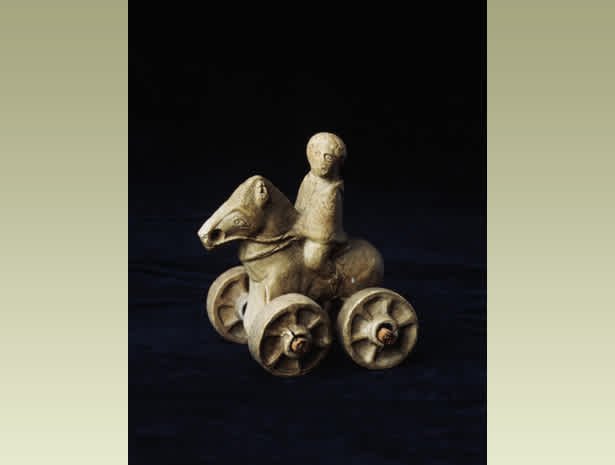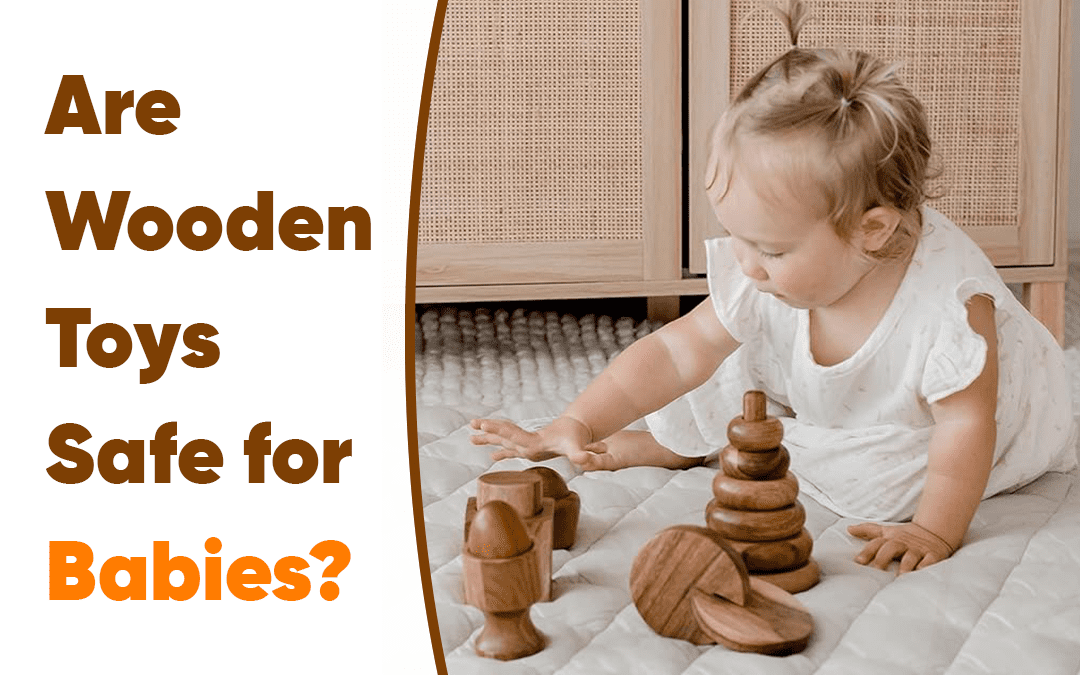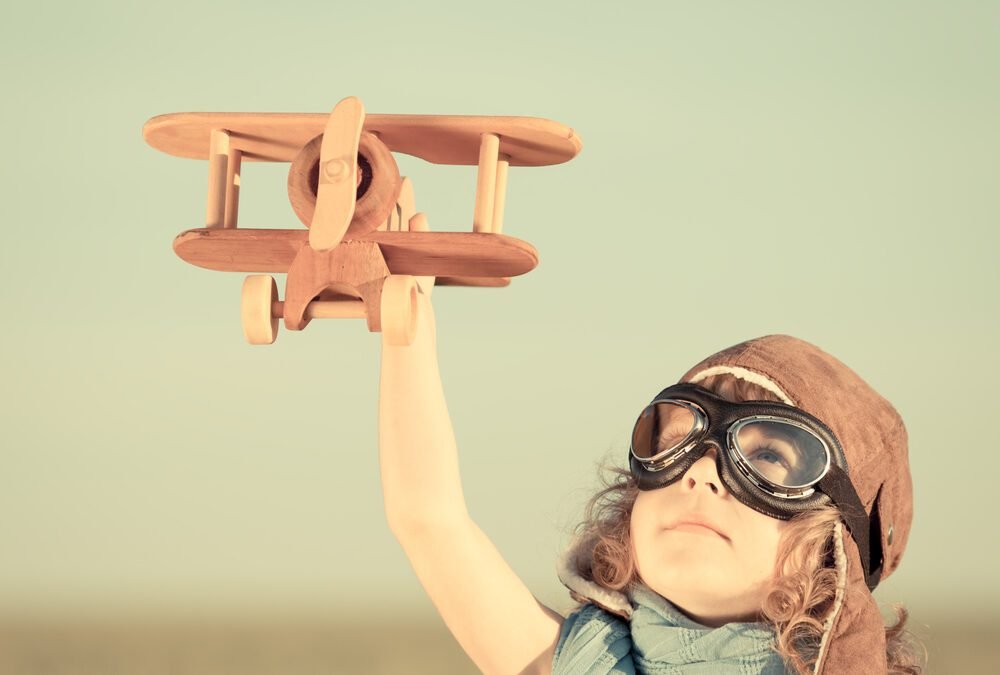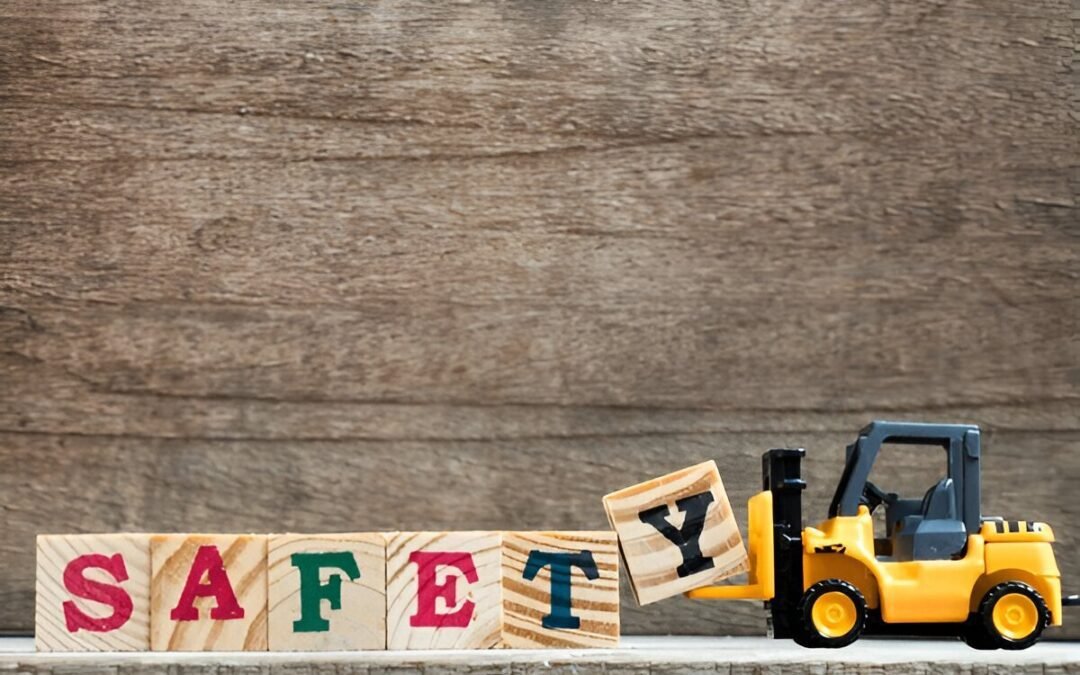
Wooden toys have been a staple in children’s lives for thousands of years. Their simple, sturdy design and timeless appeal have ensured their place in history, from ancient cultures to the present day. As more people seek sustainable and educational toys, wooden toys are becoming increasingly popular once again. This blog explores the rich history of wooden toys, tracing their development from ancient times to the present, and explains why they continue to be a favorite for children and parents alike.
Ancient Origins: The Early Days of Wooden Toys
Wooden toys have been around for over 4,000 years. Some of the earliest examples were discovered in ancient Egyptian tombs, where small wooden dolls, animals, and figures were found. These toys were likely cherished by children, offering a way to mimic adult life—a common theme that has continued throughout history.
In ancient Greece and Rome, wooden toys were also widely used. Greek children enjoyed playing with carved wooden figures and dolls, while Roman children played with wooden carts and pull toys. These toys were typically handcrafted by local artisans and passed down through generations, becoming treasured family items.
The Middle Ages and Renaissance: Artistry and Play
During the medieval period in Europe, wooden toys continued to be popular among children.These toys were often simple, hand-carved figures of animals or people, allowing children to use their imagination in play. Local craftsmen made these toys, which reflected the culture and social environment of the time.
As Europe entered the Renaissance, there was a renewed interest in art and craftsmanship,leading to the creation of more detailed and colorful wooden toys. Wooden building blocks,puzzles, pull toys, and dolls became common during this time, helping children develop important skills like problem-solving and hand-eye coordination.
The Industrial Revolution: Wooden Toys for Everyone
The Industrial Revolution in the 18th and 19th centuries marked a major shift in the production of wooden toys. New machinery allowed toys to be mass-produced, making them more affordable and accessible to children from all social backgrounds. Germany became a leading producer of wooden toys, exporting dollhouses, miniature furniture, and model trains around the world.
These mass-produced toys were not only affordable but also durable, making them a common sight in many homes. The combination of traditional craftsmanship and modern manufacturing allowed wooden toys to be both beautiful and widely available.
The 20th Century: The Rise of Plastic and the Resilience of Wood
The 20th century saw the rise of plastic toys, which presented new challenges for wooden toys.Plastic toys were cheaper to produce, could be made in bright colors and various shapes, and quickly became the preferred choice for many parents. However, wooden toys never fully disappeared. They remained popular, particularly in Europe and North America, where their educational value and durability were highly valued.
As environmental concerns about plastic grew, wooden toys began to regain popularity. Brands like Brio, known for its iconic wooden train sets, and Melissa & Doug, with its broad range of educational toys, helped keep wooden toys in the spotlight. These companies focused on the enduring qualities of wooden toys—natural materials, tactile play, and the ability to inspire creativity.
Today: The Revival of Wooden Toys
Wooden toys are enjoying a resurgence today, driven by a growing interest in sustainability and a desire for simpler, more meaningful play experiences. Many parents now choose wooden toys as an eco-friendly alternative to plastic, drawn to their natural beauty and timeless design.
Brands like Avinsaa are at the forefront of this movement, offering a variety of wooden toys that combine traditional craftsmanship with modern design. Avinsaa’s toys are made from sustainably sourced wood and are designed to encourage open-ended play, helping children develop creativity, problem-solving skills, and fine motor abilities.
The popularity of educational methods like Montessori and Waldorf, which emphasize hands-on,imaginative play, has also contributed to the resurgence of wooden toys. These methods value the tactile and sensory experiences that wooden toys provide, as well as their ability to foster independent play.
Why Wooden Toys Are Important Today
Wooden toys offer several benefits that make them a great choice for today’s families:
- Durability: Wooden toys are built to last and can often be passed down through generations.
- Eco-Friendliness: Made from natural, renewable materials, wooden toys are an environmentally friendly option that helps reduce plastic waste.
- Educational Value: Wooden toys encourage creativity, problem-solving, and hand-eye coordination, making them ideal for early childhood development.
- Safety: Free from harmful chemicals, wooden toys are a safe choice for young children

Conclusion
The history of wooden toys is a testament to their lasting appeal. From ancient dolls and carts to
modern educational toys, wooden toys have remained a beloved part of childhood. As we move toward a more sustainable future, the timeless appeal of wooden toys, like those offered by Avinsaa, ensures that they will continue to be cherished for generations to come.






